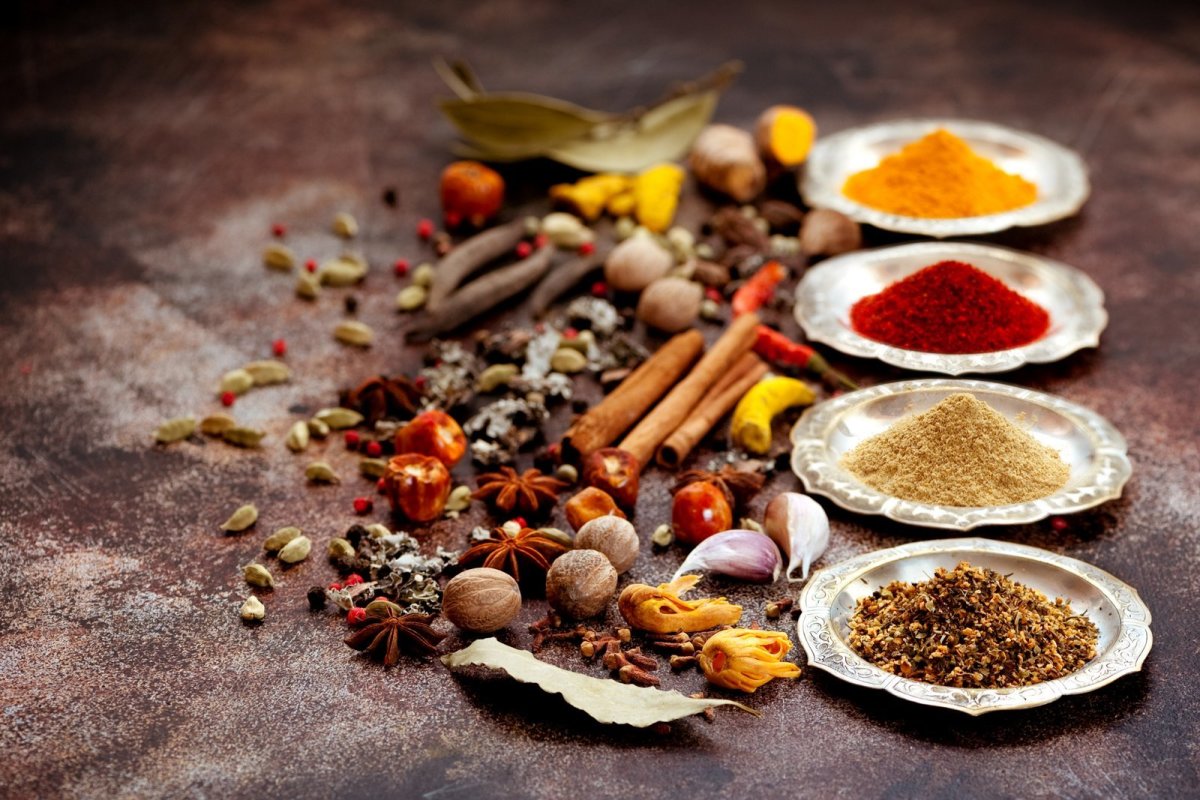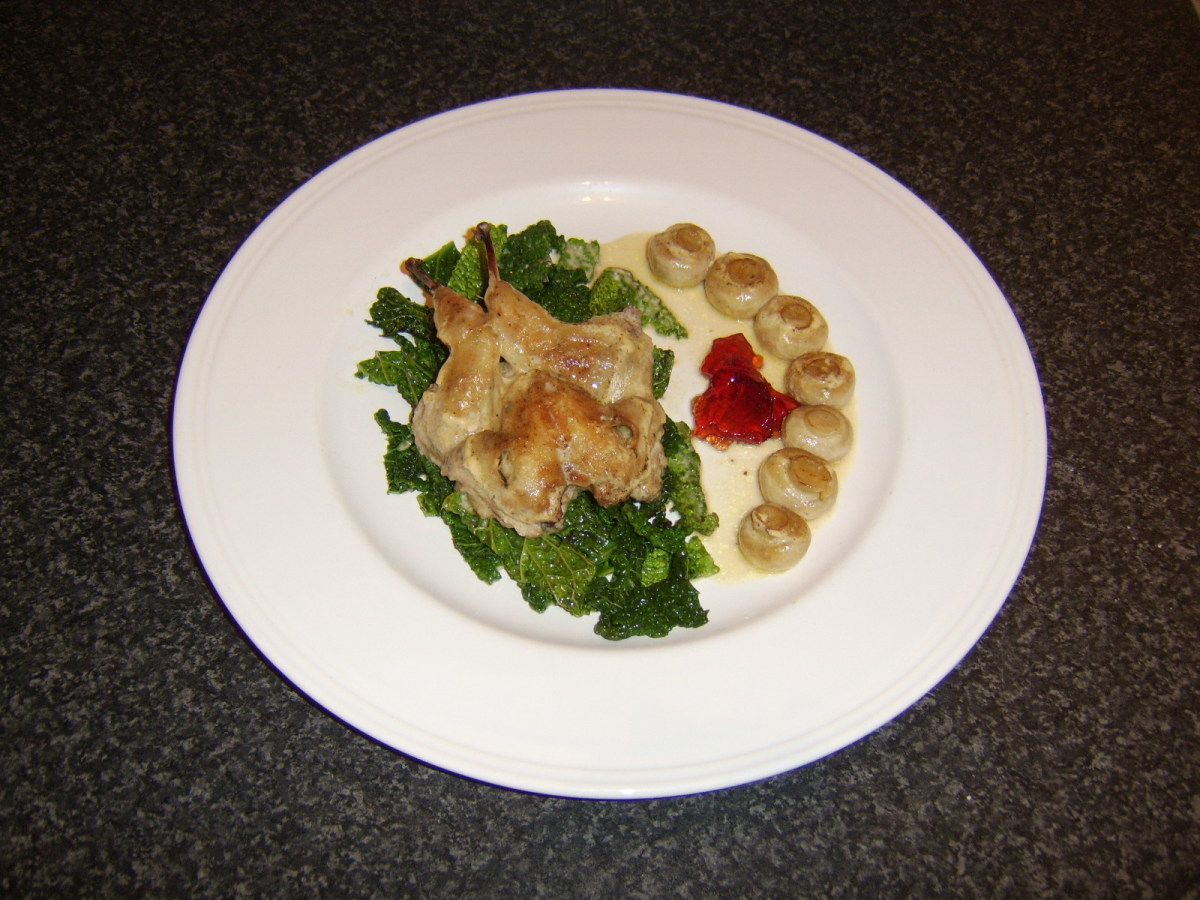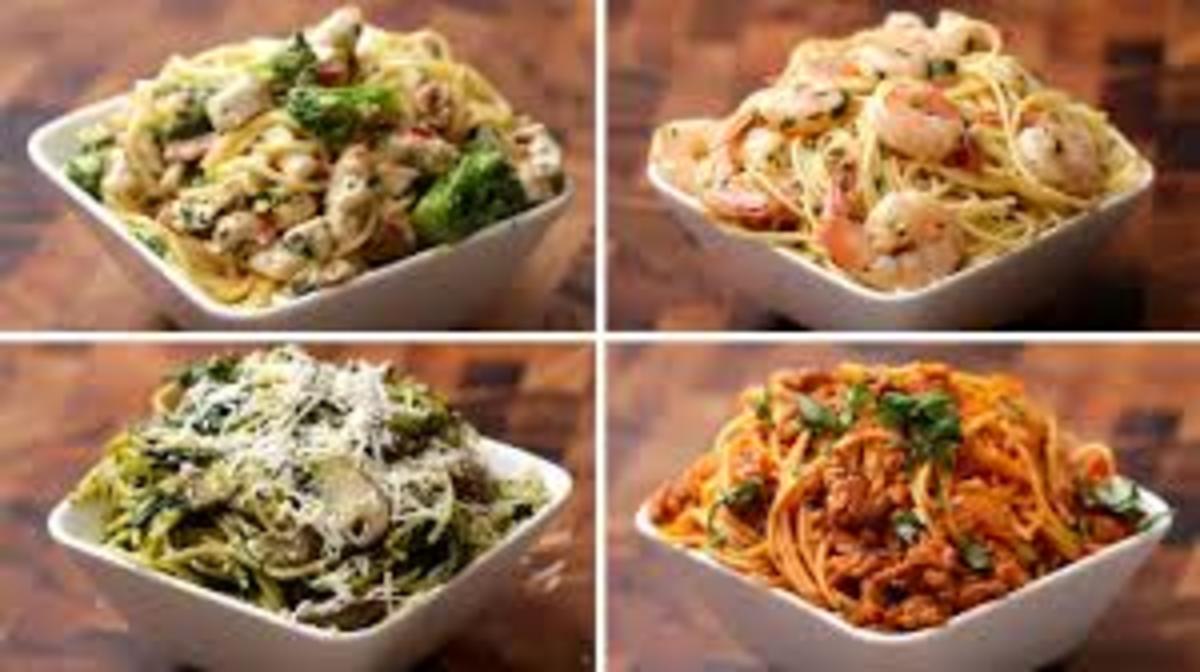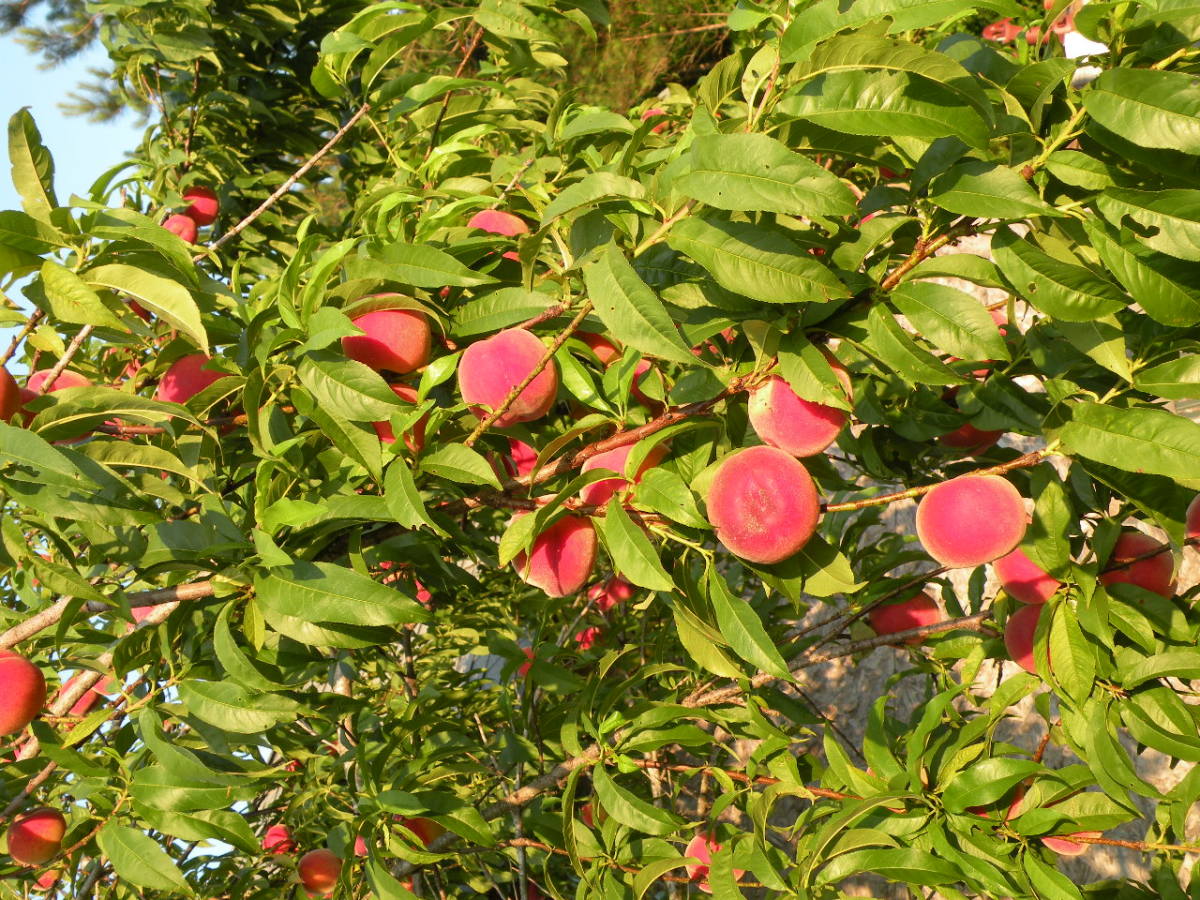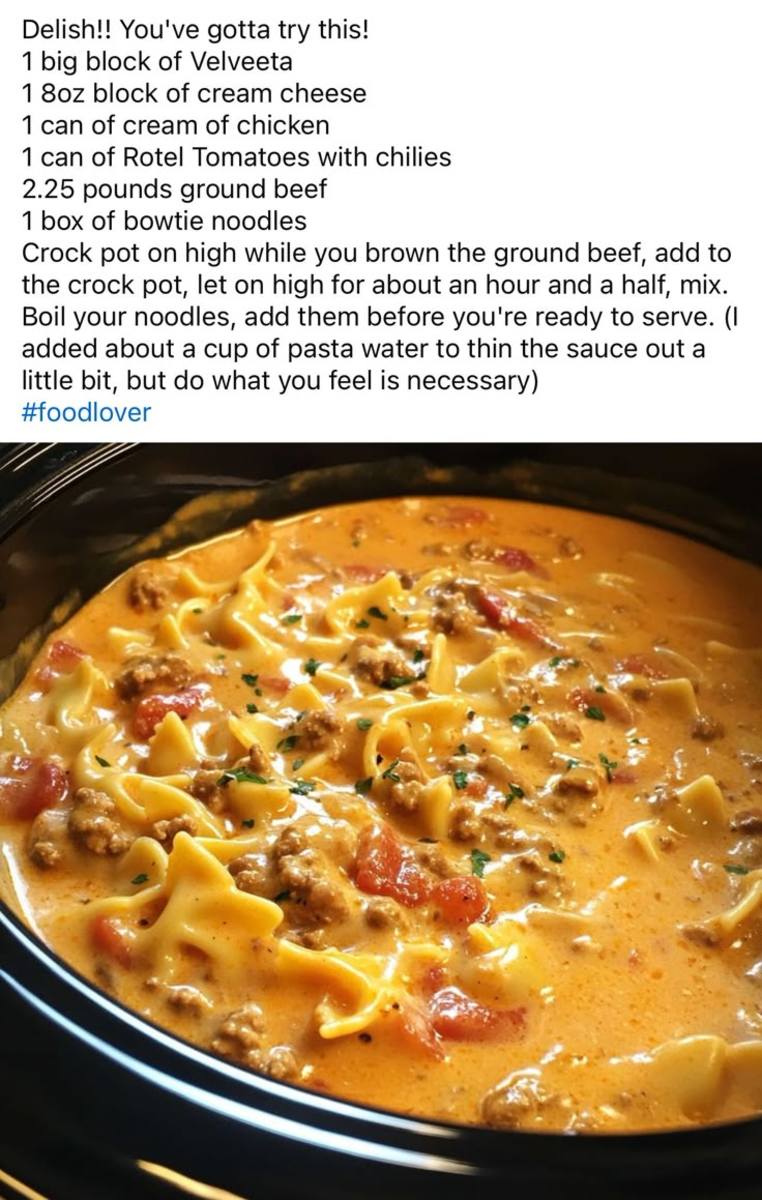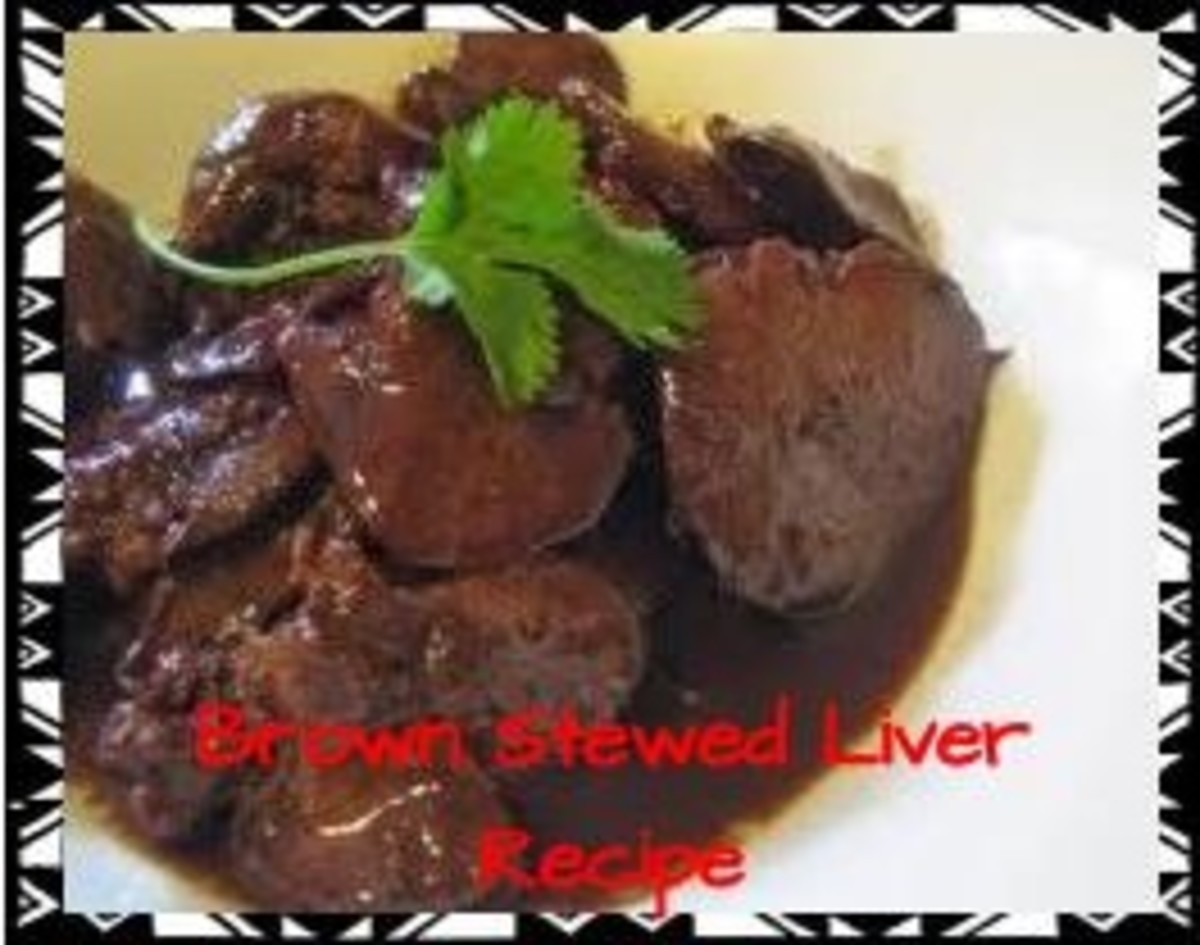Have you ever tasted Kuwaiti food!
By Marwan Asmar
The delicious aroma of food whiffs around you as you start thumbing
this book on the rich cuisine of the Gulf. Sarah Al Hamad’s Cardamom
and Lime: Recipes from the Gulf Countries ( Interlink Books) is an innovative delight that quickly gets the reader into the
gist of Gulf cooking.
Sarah Al Hamad, a young Kuwaiti writer and researcher, who spends her
time between Kuwait and London, provides an insight into Gulf cuisine
through a lucid, chatty style, talking with the reader, on what
constitutes Gulf cooking—geographical space from Saudi Arabia, Oman,
Bahrain, United Arab Emirates, Qatar and Kuwait—underpinned by the
food commonalities of the area over decades and centuries.
Al Ahmad divides her book into different easy, colorful, chapters
involving grains and fluffy rice, fish and meat, vegetables and
deserts, sections she considers as the most important to Gulf cooking
as rooted in the way these societies developed on the shores of the
Gulf during the pre-oil era.
Thus, her introductory chapter contextualizes cuisine in the history
of the Gulf while rooting it in its geography, traditional economies
and trade routes that brought the Indian, Persian and Turkish culture
and diet to the Gulf region.
These food influences still exist today as found in the different
recipes the author provides in the book. “Gulf food” is also today
seen as part of the cultural heritage of these societies and seen “as
a means of communication”, a “social marker” and for providing a
“peace offering” that continues to bind people together in modernity.
With inviting mouth-watering commentary from the author simple but
detailed instructions are provided on “how to” with, lush ingredients
in high resolution colored pictures, dishes that continue to be the
bread-and-better of people from the Arab Gulf.
Al Hamad’s book is certainly interesting for the English reader. In
the UK, it’s published by New Holland Publishers while in the United
States by Interlink Books. Its importance is far-reaching however,
because of the methodology the writer employed.
In researching this book, she employed a set of methodologies that
involved collecting food recipes from her family and friends of the
family and even talked of friends of her friends. She talked to
different cooks employed in different households and went into
people’s kitchens, trying different recipes there and then and taste
them afterwards.
Her aunt’s kitchen for instance, and which the author feels grateful
for was used as a cooking experimental station to make and try out
different dishes as well as allow cameras, laptops and photographers
into the place.
Al Hamad’s book is a book well worthwhile reading for the expert, the
amateur and the general public.


